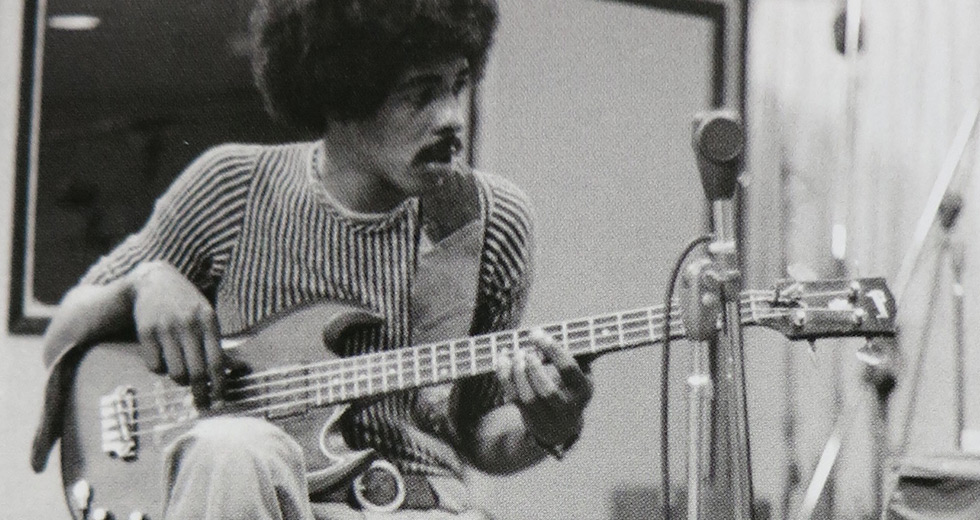The Mind of Mannie Fresh
The human rap encyclopedia behind Cocaine Blunts, Andrew Noz, recounts some of his favorite musical moments within the uber-expansive catalog of Mannie Fresh.

You would be hard-pressed to find an artist who is more closely intertwined with his regional rap scene than “The Great Man” Mannie Fresh is with his hometown of New Orleans. Trained in the 1980s under his DJ father, he cut his teeth spinning with of one the city’s first rap crews, New York Incorporated. His early collaborations with MC Gregory D rocked the Nola area and laid the groundwork for his decade-plus stint as in-house producer for the greatest Southern rap empire of all time – Cash Money Records. To honour this legacy we looked back at just a smattering of his production catalogue, covering both canonical classics and under-rated jams. Be warned, though, this is not even close to comprehensive. In fact, Fresh has amassed a catalogue so enormous over the past 25 years that a fully annotated discography could probably fill an entire book.
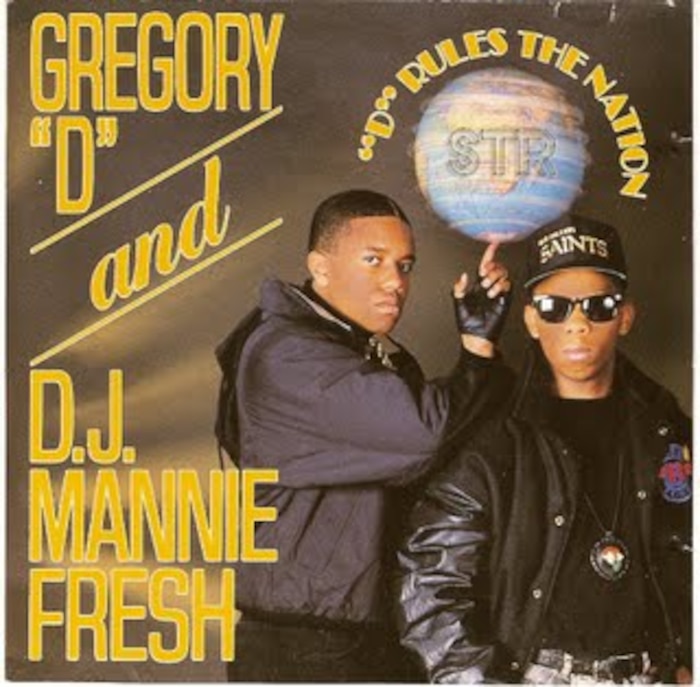
Gregory D & DJ Mannie Fresh, “Buck Jump Time” (Uzi, 1989)
While Mannie and Gregory’s 1987 debut LP ‘Throwdown’ leaned heavily on pre-established Miami bass tropes and of-the-moment gimmick raps like the Nightmare on Elm Street-themed “Freddie’s Back”, the song “Buck Jump” was New Orleansian down to every last molecule of musical DNA, and arguably the first Nola rap song to truly echo the rich history and culture of its locale. Its wobbling bassline mimics a second-line brass procession while Gregory D prattles off wards, hoods and projects. The track was a local smash, even as its regional specificity made national crossover almost impossible. The duo would go on to record three and a half albums together. The final collaboration fizzled commercially after they shaved the rough edges off their sound to accommodate an RCA deal.
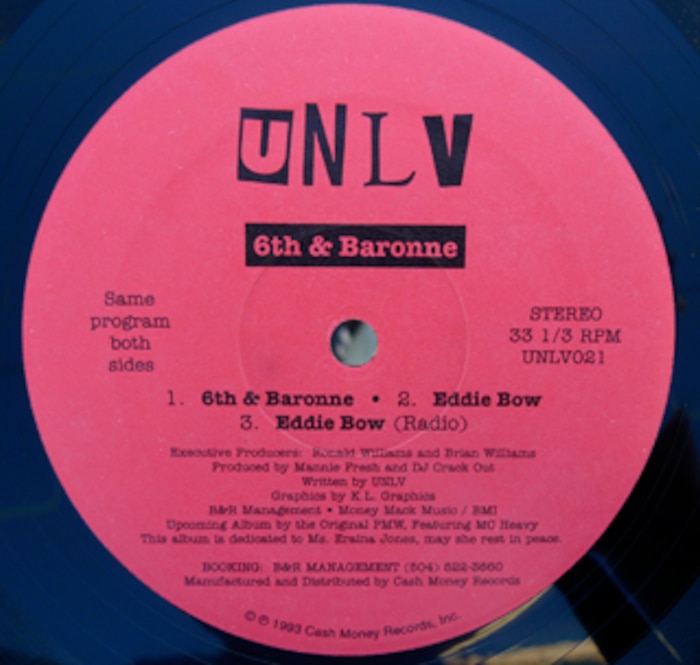
During his time in the trenches at Cash Money, Mannie was churning out full-lengths on a near-monthly basis.
UNLV, “6th & Baronne” (Cash Money, 1993)
Linking with the Williams brothers’ then-very-minor Cash Money imprint, Mannie hit the ground running as the label’s in-house producer, churning out dozens of jams for the likes of UNLV, Lil Slim and PxMxWx, each notable for bringing gangsta rap elements to the party popular bounce aesthetic. On this early UNLV (Uptown Niggas Living Violently) joint, Mannie makes use of Cameron Pauls’ Derek-B-culled “Brown Beats” break, one of the two rhythmic backbones of New Orleans bounce production. The recording is beyond lo-fi, as was the standard for early-90s Cash Money, but is already far more advanced melodically than most of the other bounce being released around the same time (in the sense that it actually had a melody and wasn’t merely raw beats and chants).
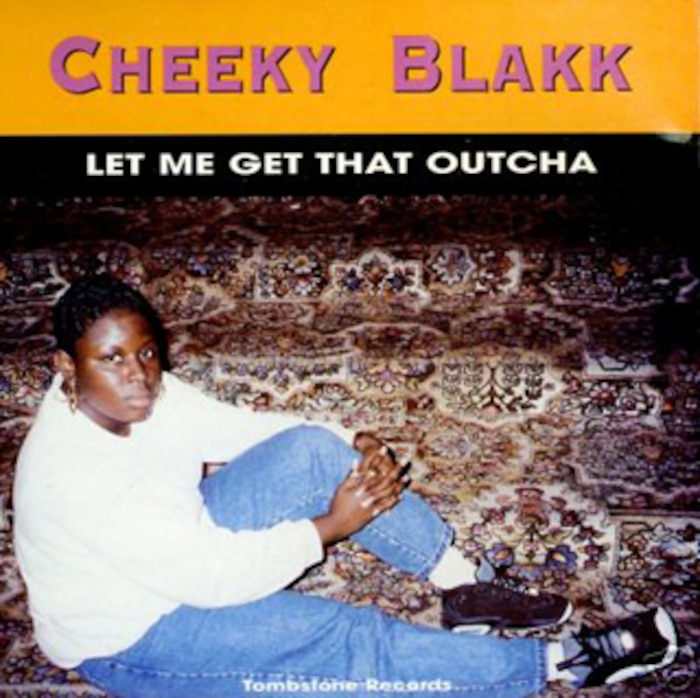
Cheeky Blakk, “Let Me Get That Outcha” (Tombstone, 1995)
Though Mannie’s decade was pretty evenly bookended by his relationships with Greg and the would-be Cash Money Billionaires, he managed to squeeze in a decent amount of moonlighting for outside artists in the 90s, slipping beats quietly to virtually unknown local acts likes Charlie Hanseen and X-Mob. He also blessed underrated bounce rapper Cheeky Blakk, manning the boards on most of her debut EP “Let Me Get That Outcha”. For the title track, Mannie strips down his sound to its purest elements without sacrificing his energy. Note his use of the Show Boys’ ubiquitous “Drag Rap” break (or “Triggerman,” as it’s known in popular parlance) – those clanking bones that reverberate throughout the entire history of New Orleans rap music.
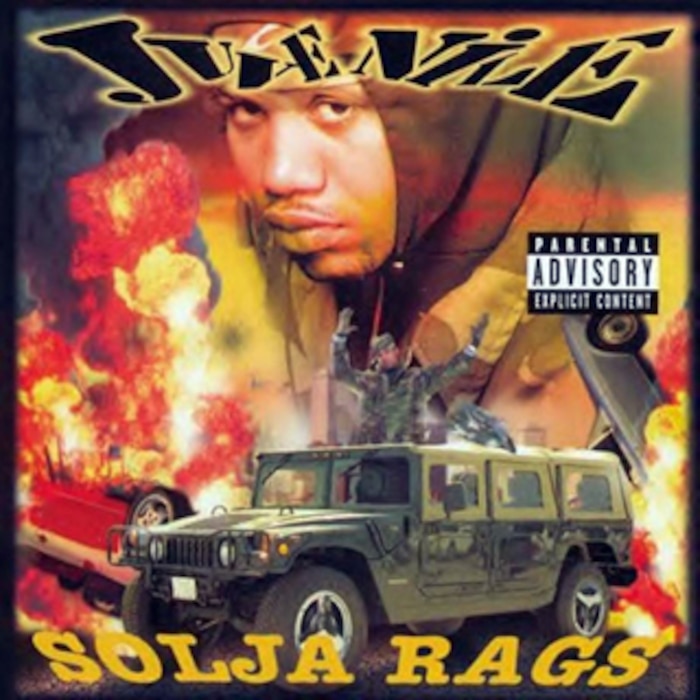
Juvenile, “Solja Rag”" (Cash, Money, 1997)
Juvenile came to the Cash Money roster as a bounce veteran, but it took Mannie’s twist on the genre to launch him into superstardom. With “Solja Rag”, Mannie’s whistling menace provides a strong spine for Juve’s loose conversational flows, while Juve’s urban military themes highlight the oft-understated drum-line impulses of Mannie’s signature stuttered snares. Ever economical in their assembly line approach, Mannie and Juve would recycle pieces of “Solja Rag” for Juve’s breakout national hit “Ha”.

B.G., “Uptown My Home” (Cash Money, 1998)
During his time in the trenches at Cash Money, Mannie was churning out full-lengths on a near-monthly basis. But it wasn’t just his depth that impressed, it was the sheer breadth of his sound, covering everything from the Latin-funk of Juvenile’s “Respect Us” to the ominous electro of “Uptown My Home”, while always keeping one toe in the bounce legacy that birthed him. The album cut is particularly haunted for a neighbourhood anthem — appropriate, given B.G.‘s whispered don’t-come-around-here intimidations.

Big Tymers, “Get Your Roll On” (Cash Money, 2000)
Teaming with label owner turned slack-rapping foil Birdman, Fresh formed the Big Tymers, rap’s sloppiest duo, and recorded an entire catalogue about their cars’ interiors that somehow never seemed less than exciting. This success was partially because of Mannie’s equally flashy productions but also his unique proficiencies as a rapper. He’s a jester in the old school mould, as heard on “Get Your Roll On”, where he choppily delivers to-the-point jabs like “M, period Fresh, comma/ your wife is my baby mama!”

Lil Wayne, “Go DJ” (Cash Money, 2004)
The Mannie era of Cash Money not only fuelled the sound of late-90s rap radio, it also quietly primed the would-be biggest rap star of the following decade. As both a creative force and a commercial entity, Lil Wayne’s continued growth in this time was unheard of in the genre and no doubt owed quite a bit to Fresh’s tutelage. Borrowing its hook from estranged former labelmates UNLV’s hit of the same name, “Go DJ” might be their finest collaboration. Wayne is ostensibly paying homage to the DJ here, mostly by rapping wheezed threats of coke heists and boasts of sexual conquests. But a good DJ knows when to let his rapper shine and Mannie does just that. After his incongruously jolly intro – shouting out “Grown men, chil’ren and babies” – Mannie makes himself scarce, leaving behind a fizzing synth line and letting Wayne fill the empty space with his tightly constructed murder bars.
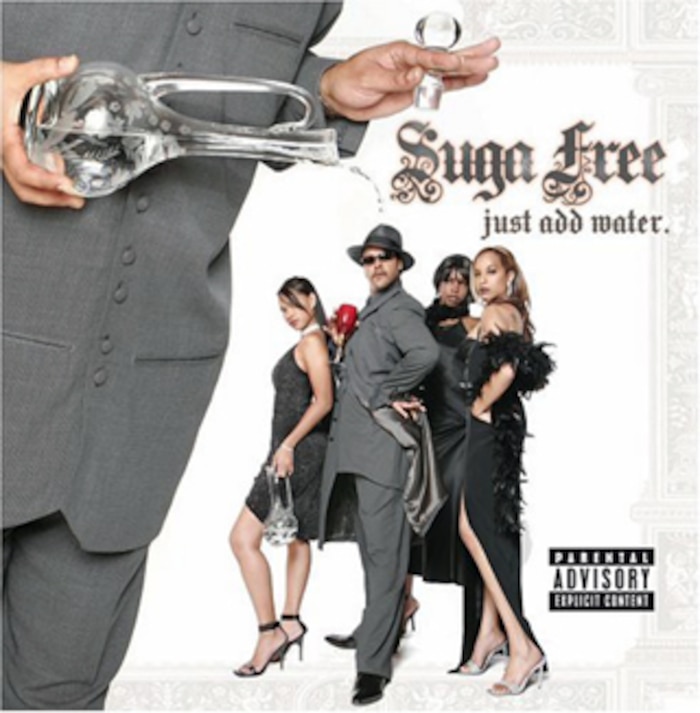
Suga Free feat. Snoop Dogg, “So Fly (Remix)” (Bungalo, 2006)
When Mannie eventually split from Cash Money, his bone of contention was that the label was blocking outside artists from contacting him for production opportunities. Post-exit, he began functioning in a fully focused freelance capacity for the first time in his career. During this free floating period, he mostly stayed in his comfort zone, producing mid-tier hits for southern heavyweights like T.I., Jeezy and Rick Ross, while hustling brown bag beats to virtual unknowns on the side. But it was this little-known remix for Southern California legends Snoop and Suga Free that spoke the most to his adaptability. The brass stabs bring it back full circle to his “Buck Jump Time” days, while still supplementing with a clipped nod to the classical synth wheeze of the West Coast when Suga hits the hook with his overstuffed pimp talk.
